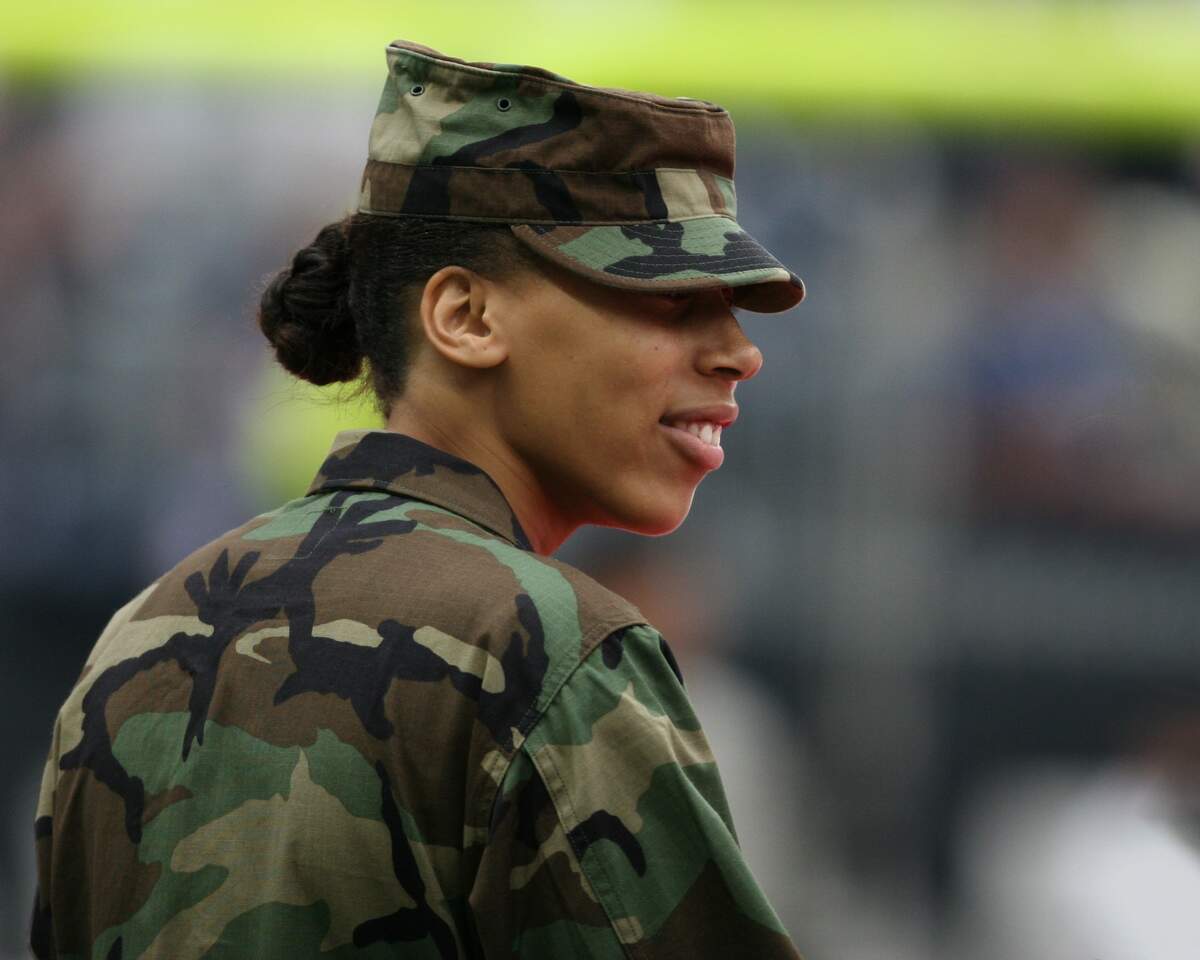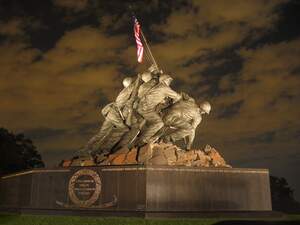

National Vet Girls RISE Day
Also known as
National Vet Girls Rock Day (2018 and 2019)
National Vet Girls ROCK Day (2018 and 2019)
National Vet Girls Rise Day (since 2020)
Observed
annually on February 19th (since 2018)
Dates
Founded by
Active Veterans With Answers in November 2017
Hashtags
Sources
https://activeveteranswithanswers.org/vet-girls-rock/
https://nationaldaycalendar.com/national-vet-girls-rise-day-february-19/
https://www.facebook.com/vetgirlsrise/
https://www.facebook.com/vetgirlsrise/posts/1065241190496293
https://www.gofundme.com/NationalVetGirlsRockDay
https://www.history.com/news/women-fought-armed-forces-war-service
https://www.legion.org/womenveterans/248582/%E2%80%98we-can-do-it-history-women-military-service
National Vet Girls RISE Day brings awareness to the contributions women have made to the United States military and recognizes the dedication of veteran women. It celebrates the bonds they've formed and experiences they've had in military service, and it provides an opportunity for them to support each other—to share resources, build relationships, and spread awareness about the needs of women veterans. The day was first held in 2018 and was originally known as National Vet Girls ROCK Day, but changed to National Vet Girls RISE Day after two years. Vet Girls RISE is an initiative of Active Veterans With Answers, and was created "for the purposes of enriching lives through the power of camaraderie, knowledge, and alliance." On National Vet Girls RISE Day, women veterans hold meetups at restaurants across the country. In past years, Vet Girls RISE has teamed up with Chili's Grill & Bar for meetups.
Women have played a role in the armed forces since the Revolutionary War when they supported soldiers and the war effort by serving as medical caregivers and washerwomen. During the Civil War, they presided over hospitals and worked to make sure that soldiers were fed and clothed. Women who weren't nurses were allowed to enlist in the armed forces for the first time during World War I and were hired to work in clerical positions in the different military branches. Although, most women working with the armed forces did so on a voluntary basis at the time. During the war, approximately 35,000 women served as nurses and support staff.
There was a great need for soldiers during World War II, which led to women being recruited for many non-combat positions so that men could be freed up to fight. At first, women could only serve in the Women's Army Auxiliary Corps (WAAC), but with the need rising, women were eventually allowed to enlist directly into the U.S. Army, which took place in 1943, when WAAC transitioned into the Women's Army Corps (WAC). Women could then serve overseas and attain a military rank. About 140,000 total served in the Army and took part in jobs as linguists, cryptographers, telephone operators, military intelligence workers, parachute riggers, and weather forecasters.
On the heels of WAC came Women Accepted for Volunteer Emergency Status (WAVES) for the U.S. Navy, and the Coast Guard Women's Reserve (SPARS) for the U.S. Coast Guard. The Women Airforce Service Pilots (WASP) was also created, where over 1,000 women flew aircraft. However, they were not given military status at the time, and they didn't fly combat missions. Instead, they did tasks that freed up men pilots for military combat.
Women faced obstacles like sexual harassment during their time serving in World War II. Their work was sometimes also looked down upon. Following the war, they found themselves out of jobs and unrecognized for their contributions to the war effort. Moreover, those who had been in auxiliary roles didn't receive benefits and weren't considered to be veterans. Some potential employers refrained from hiring women veterans, thinking they would try to undermine gender roles in their new positions.
In 1946, a law went into effect that said women had to be allowed to return to jobs they had before the war. Two years later, President Truman signed the Women's Armed Services Integration Act, which recognized women as full members of the armed forces, meaning they could serve during peacetime as well as wartime and could have a career within the military. But, at the same time, it restricted women in many ways and kept them in an unequal position. It said that they could only make up two percent of any given military branch, said they could be involuntarily discharged if they became pregnant, limited the number that could become officers, and prevented them from commanding men and serving in combat.
During the Vietnam War, 7,000 military women served in Southeast Asia. In 1970, women were allowed to command non-combat units for the first time, and in 1976, they were admitted to service academies for the first time, such as the U.S. Naval Academy in Annapolis, Maryland, the U.S. Air Force Academy in Colorado Springs, Colorado, and the U.S. Military Academy in West Point, New York. About 40,000 women were deployed to combat zones during the Persian Gulf War, and over 700,000 women served in Operation Enduring Freedom and Operation Iraqi Freedom. Women finally achieved full military status in 2013 when they were allowed to directly serve in ground combat roles. The question was then posed if women should be required to register for the draft like men do. In February 2019, a U.S. District judge ruled that it was unconstitutional to require men to register for the draft without requiring women to do so as well.
The role of women in the United States military has changed dramatically over the centuries, from providing support while being excluded completely, to being given some opportunities while still being discriminated against, to being given full military status. National Vet Girls RISE Day helps to bring awareness about the many contributions women have made to the military and celebrates the bonds they have formed during their service. They support each other today, and we give them our thanks and gratitude.
How to Observe National Vet Girls RISE Day
The following are some ways the day could be observed:
- If you are a woman veteran, use the day to connect with other women veterans, for camaraderie and support. One place to do this is at an official meetup. Check to see if any are taking place near you—in past years they have been held at Chili's Grill & Bars.
- Follow Active Veterans With Answers on Facebook, Twitter, and Instagram, and follow Vet Girls RISE on Facebook and Twitter, where you can check for events taking place today and in the future.
- Post about a woman veteran dear to you on social media and use the hashtag #VetGirlsRISEDay.
- Visit a museum dedicated to women in the military such as the International Women's Air & Space Museum, the National WASP WWII Museum, the United States Army Women's Museum, or the Women in Military Service For America Memorial.
- Watch a film that features a woman in a military role, or watch Served Like a Girl, a documentary that focuses on women veterans.
- Read a book written by a woman veteran.
- Learn about, donate to, or become involved with a women's veterans organization such as Active Veterans With Answers, The Center for Women Veterans, Women Veterans Interactive, or The Service Women's Action Network.





















